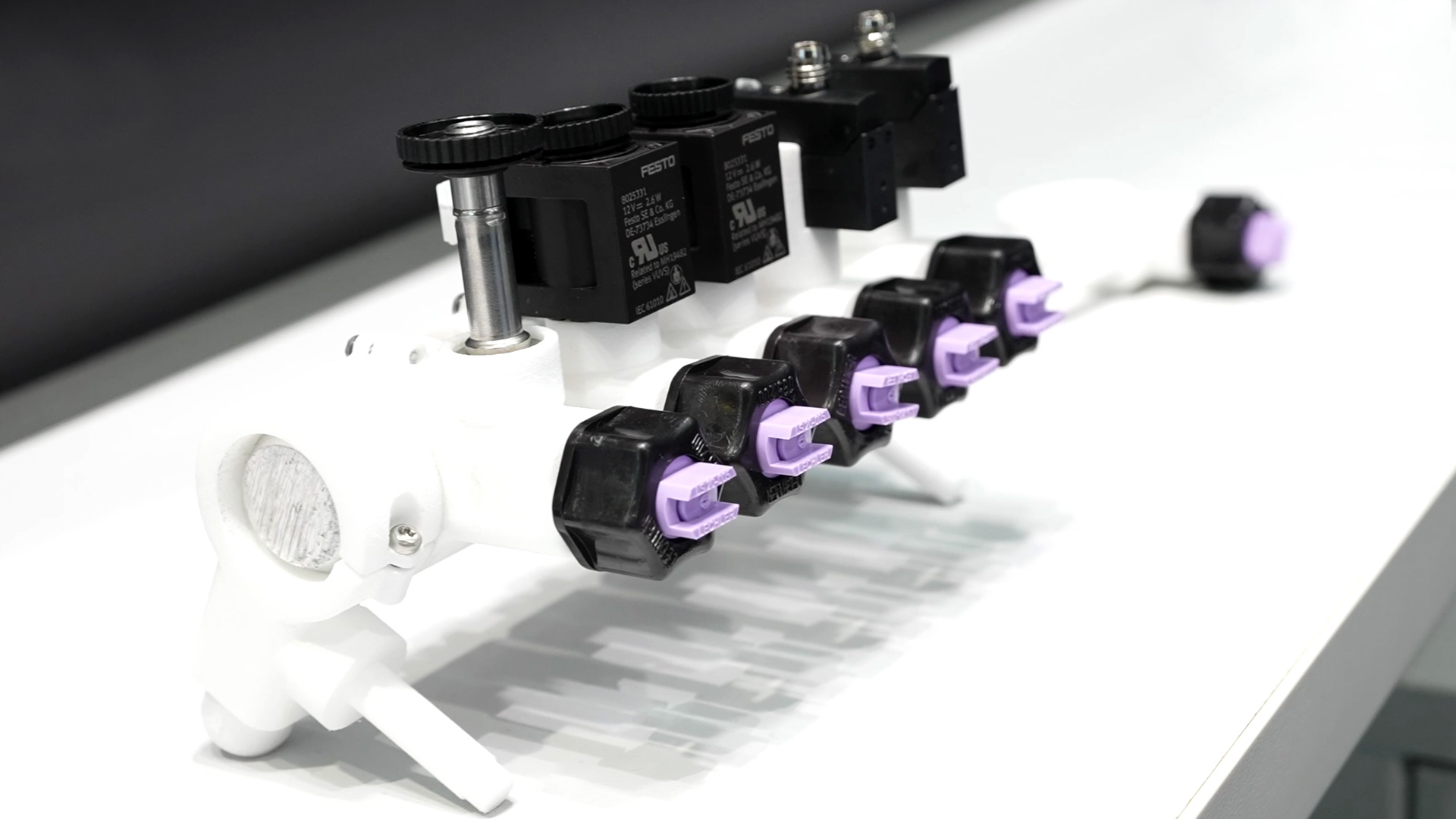At the trade fair, Festo is presenting a spot spraying valve that enables targeted applications in agriculture. This technology is becoming increasingly important because automated systems are becoming more and more precise and active ingredients should only be applied where they are actually needed. The valve was developed based on existing experience in industrial valve technology and adapted to the requirements of the agricultural market.
Spot spraying is one of the most innovative developments in modern agriculture. The valve from Festo opens the door to automated application systems that conserve resources and work in a targeted manner. The list price of around thirty euros shows that the product is designed for large quantities. This is made possible by manufacturing experience from industries such as food, pharmaceuticals, and mechanical engineering. These industrial standards are directly incorporated into the design and enable robust yet cost-efficient components.

In addition to pneumatic solutions, the company offers electrical and mechatronic components that are increasingly used in hoeing robots, spot spraying robots, and autonomous agricultural systems. In these applications, valves are no longer installed statically, but are actively moved. Controllers, motors, and axes ensure that tools are guided precisely to the plant. The valve plays a central role because fast switching processes and reliable controllability are crucial for automated workflows.
Another exhibit is a soft gripper that has been specially developed for delicate harvest products. Fruit and vegetables must be gripped securely in automated processes without leaving pressure marks.


Such systems are still rarely available on the market. The gripper on display combines flexible materials with the option of integrating it into robot-assisted systems.

The solutions presented are aimed at both traditional machine builders and young agricultural technology startups. Both benefit from knowledge transfer from other industries. Many concepts from food or pharmaceutical technology can be transferred to agriculture. This cross-industry approach is creating developments that are becoming increasingly important for automated farming.
